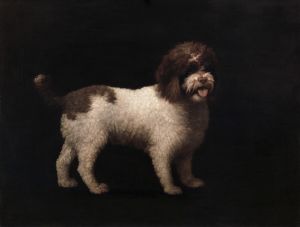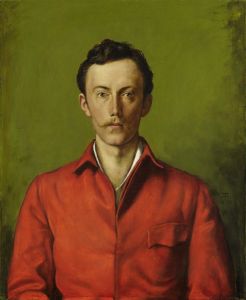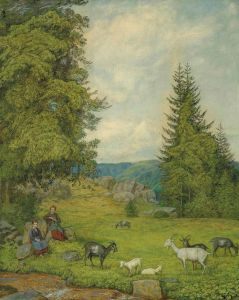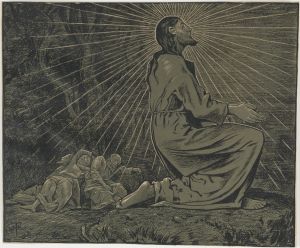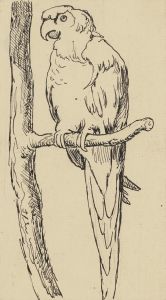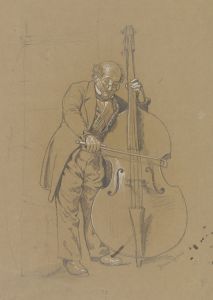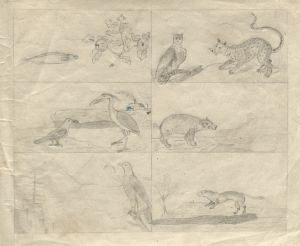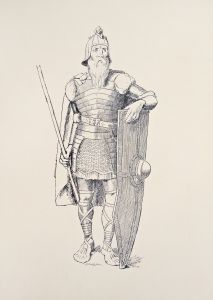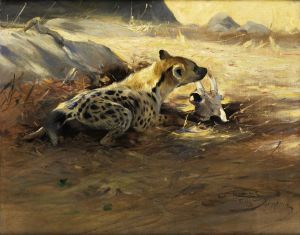
Gans
A hand-painted replica of Hans Thoma’s masterpiece Gans, meticulously crafted by professional artists to capture the true essence of the original. Each piece is created with museum-quality canvas and rare mineral pigments, carefully painted by experienced artists with delicate brushstrokes and rich, layered colors to perfectly recreate the texture of the original artwork. Unlike machine-printed reproductions, this hand-painted version brings the painting to life, infused with the artist’s emotions and skill in every stroke. Whether for personal collection or home decoration, it instantly elevates the artistic atmosphere of any space.
Hans Thoma (1839–1924) was a German painter and printmaker associated with the late Romantic and early Symbolist movements. His works often depicted idyllic landscapes, rural life, and scenes inspired by German folklore and mythology. Among his notable works is the painting titled Gans (translated as "Goose"), which reflects Thoma's characteristic style of blending naturalistic detail with a sense of simplicity and harmony.
Gans portrays a serene rural scene featuring a goose, a motif that aligns with Thoma's frequent focus on nature and pastoral life. The painting is executed with meticulous attention to detail, capturing the textures of the animal and its surroundings. Thoma's use of soft, naturalistic colors and his careful composition evoke a tranquil and timeless atmosphere, characteristic of his broader body of work.
Hans Thoma was born in Bernau in the Black Forest region of Germany, and his upbringing in this picturesque area deeply influenced his artistic themes. He studied at the Karlsruhe Academy of Fine Arts and later traveled to Paris and Italy, where he was exposed to various artistic styles, including the works of the Old Masters and contemporary movements. Despite these influences, Thoma developed a distinctive style that combined elements of realism with a subtle, almost dreamlike quality.
During his lifetime, Thoma's art gained significant recognition in Germany, particularly during the late 19th and early 20th centuries. He held prominent positions, such as the director of the Karlsruhe Art Gallery, and his works were celebrated for their connection to German cultural identity and their evocation of a simpler, pastoral way of life.
While Gans is not among Thoma's most widely discussed works, it exemplifies his ability to find beauty in everyday subjects and his skill in rendering them with both precision and emotional resonance. The painting reflects his broader interest in the natural world and his commitment to portraying it with sincerity and reverence.
Today, Hans Thoma's works are housed in various museums and collections, including the Hans Thoma Museum in Bernau, which is dedicated to his life and art. His legacy endures as a significant figure in German art history, celebrated for his contributions to landscape and genre painting.
Further specific details about Gans—such as its creation date, current location, or provenance—are not widely documented in available sources.





